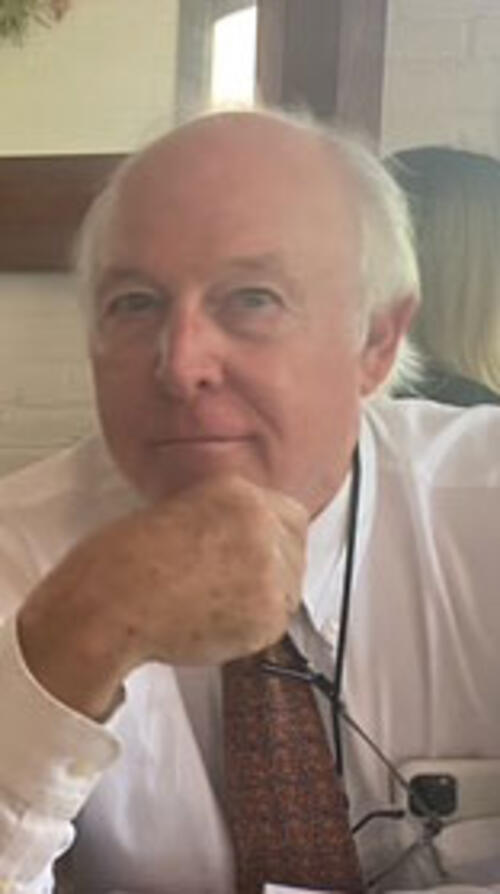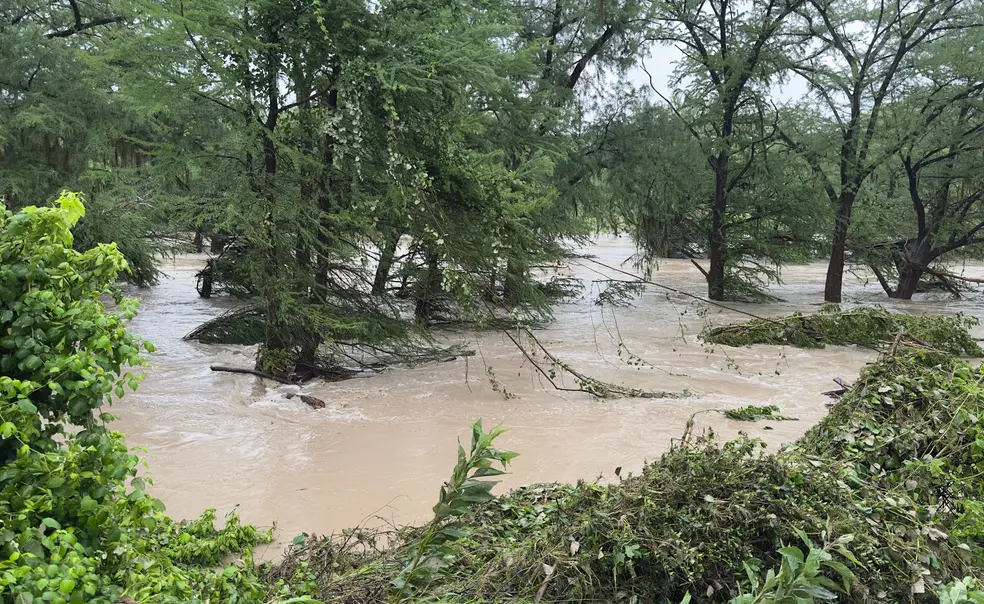Camp Mystic Food Supplier Blair Labatt ’69 on Impact of Texas Flooding
“It’s just a huge, horrible tragedy what happened there,” Labatt says of those campers and counselors who died
On the morning of July 4, Blair Labatt ’69 had a plan to play a holiday round of golf near Kerrville, Texas. But when he woke up at his home near San Antonio, the weather had turned dark and rainy.
“It’s amazing how little information there was early on,” he recalls. At the time, it wasn’t clear that there was massive flooding along the Guadalupe River, because the roads were washed out and communications lines were down. Labatt began to slowly worry about his friends and clients at the camps along the river.

Labatt has a long history in the area. After graduating from Princeton with a degree in English, he started teaching at the University of Texas at Austin and then moved into the food distribution business, following an uncle into the line of work. Since 1980, Blair Labatt has been President of Labatt Food Service.
Labatt’s specialty was selling groceries and food supplies to the camps along the Guadalupe River. His first call, back in 1976, was to Camp Mystic, a historic summer camp for girls.
Part of Texas Hill Country, camps such as Mystic were in a picturesque region known for its rolling hills, towering cypress trees, and the clear waters of the Guadalupe River. Kids would spend summers canoeing and fishing along the meandering waters and shady trees.
So when news started trickling in about floods and missing campers, Labatt’s heart sank. He got a text around 8 a.m. that there could be as many as 30 campers missing after the river had risen.
Eventually, the truth was even more distressing: destructive and deadly flooding took place in the Hill Country region. As a result, there were at least 135 fatalities, of which at least 117 occurred in Kerr County.
The devastation along the river, he says, is “just beyond the imagination: the piles of brush are feet high.” Cars, houses, and trees were washed down the river like toys.
The human destruction was also a shock. Labatt lost several friends in the flooding. One of those who died was Dick Eastland, who had owned and operated Camp Mystic since 1974, just before Labatt started supplying them with groceries. Eastland, 70, died when his truck was pushed into the river as he tried to get campers to higher ground. Labatt says he isn’t surprised that he lost his life while protecting children. “We were friends for 49 years,” he says. “It’s just a huge, horrible tragedy what happened there.”
Labatt says that periodic flooding on the Guadalupe has happened for centuries — there was a major flood in 1932 that saw the river rise 36 feet and swept away cabins at camps along the river. But this year’s event seemed different. “In the past, there hasn’t been the loss of life we saw this year,” he says. “I don’t know if that means that people get inured to the possibility of fatalities. It’s unprecedented.”
The moisture-containing low-pressure system seemed to sit “like a rain bomb right over that spot” and caused the river to rise 26 feet in just 45 minutes. The flood was the deadliest inland flooding event in the United States since 1976, surpassing flooding from Hurricane Helene in 2024.
Federal relief such as FEMA was slow to reach the area, but now more than 5,000 claims have been filed with the agency. Labatt says that the information has still been slower than usual to get out to people in the area. “Authorities didn’t want to talk too much about what had happened, or why it happened,” Labatt says.
Still, he says that the area will likely continue to be a place of gathering, reflection, and hopefully, joy. The place holds more than a century of memories at camps like Mystic. This year’s camp season has ended early, but he hopes that the area will return to rebuild. “It has a strong culture of multi-generational families that have supported these camps,” he says. “My guess is the clientele would want them to come back. Hopefully they will be able to revive the camps.”












No responses yet